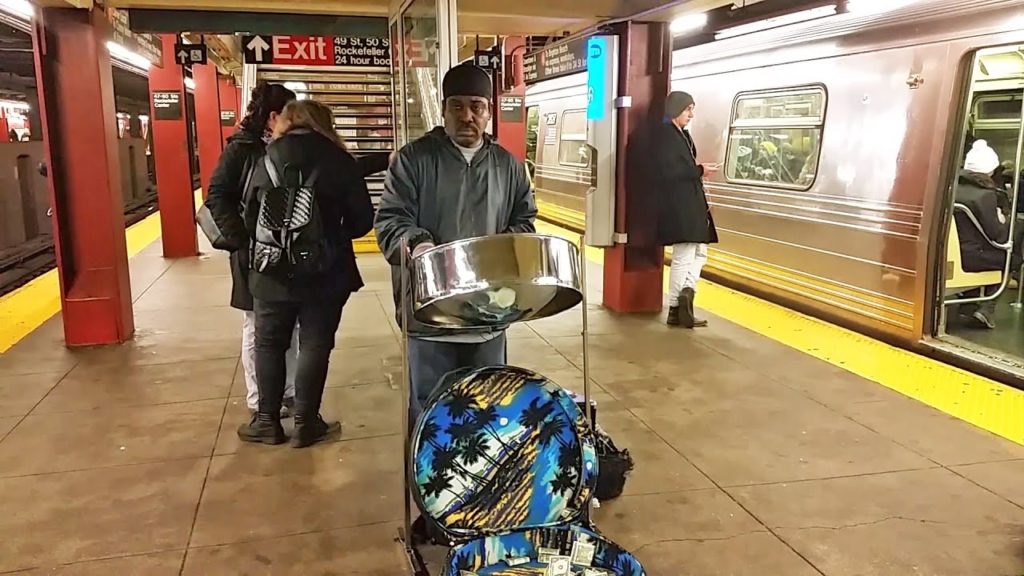|
Getting your Trinity Audio player ready...
|
Reading Time 2 mins
“Doesn’t anybody ever know?/Doesn’t anybody ever know?/That the world’s a subway, subway.” – Our Lady Peace “Superman’s Dead”
The New York City subway has long held a fascination with Caribbean immigrants. Antigua’s Swallow captured this sentiment when he gave a Caribbean nation roll call in the Subway Jam. Decades before, Lord Invader introduced us to “New York Subway”, a journal about going to Brooklyn to visit a lady, and not being able to figure out his return subway route. When subway artist Michael Stewart was killed by transit cops in 1984, world-famous Haitian-Puerto Rican artist Jean-Michel Basquiat remarked that “it could have been [him]”, considering that he too plied his art in and on the subway. The subway stations themselves were canvases where artists presented their works creating unique studio spaces to display and practice public art.

Whether commuters, workers, vendors, or transit union leaders, immigrants hold the ‘keys to the city’, as Freddie McGreggor hints. Daily, millions of immigrant New Yorkers take the subway to work, church, school, home, and play.
Described as the cultural capital of the world, recent studies recognize upwards of 200 spoken languages and the reality that 40 percent of the NYC population is born outside of the United States.
A collective united nations within a city that itself hosts the United Nations (UN), the cultural and ethnic diversity of NYC include hundreds of consulates, embassies and permanent UN missions. It is therefore not unusual for citizens from their home countries, coming from the widest social chasms, to be juxtaposed in the same subway cars.
And in spite of the social and class segregation within the boroughs of NYC’s resident communities, people of vastly different economic circumstances are likely to share common subway cars on every ride. Considered the great equalizer, the world’s 7th busiest subway system attests to sociologists M.L. Fried and V.J. De Fazio’s observation that “The subway is one of the few places in a large urban center where all races and religions and most social classes are confronted with one another and the same situation.”
In this enthralling introspective, retrospective that follows, educator Winthrop R. Holder facilitates us as a conductor on a subway ride. He celebrates the popular education received on the NYC Subway while allowing us to share in an underground subculture of reading, to recklessly ‘begging’ for trouble, and ultimately arriving at the sense of camaraderie that can be engendered when the subway lines interconnect.
Holder takes us through the decades on the Iron Horse, hyperlinking stations of inner and outer spaces, local and diaspora newsfeeds, books, temporal teachable moments, station entries and stops, within the city’s bowels.
Get on board…
– Martin P. Felix for Big Drum Nation

The ethnographic renderings on subway culture I have book marked to read when I have time to fully immerse. Funny, it is a time-capsule of sorts and my first memories of ‘The Big Apple’ and seeing the steel pan always remind me of home…and I often give a $1 and a ‘thumbs up’.
Thanks for this — and the ‘iron horse'” made me laugh. I never thought of it that way!
Keep posting these…interesting and informative.
Big Up!